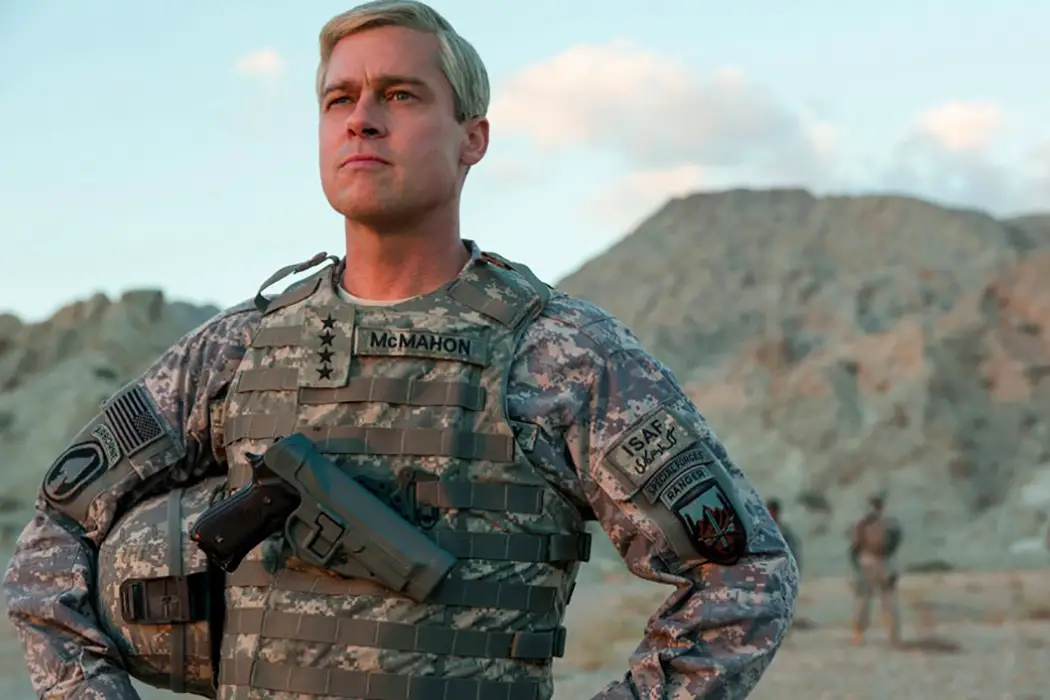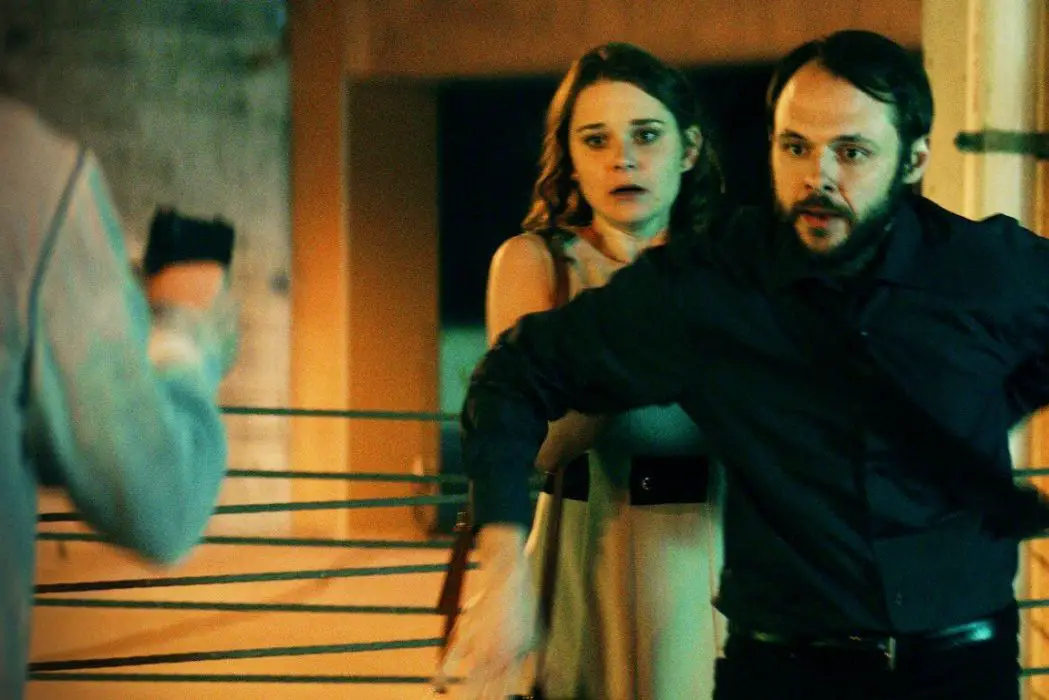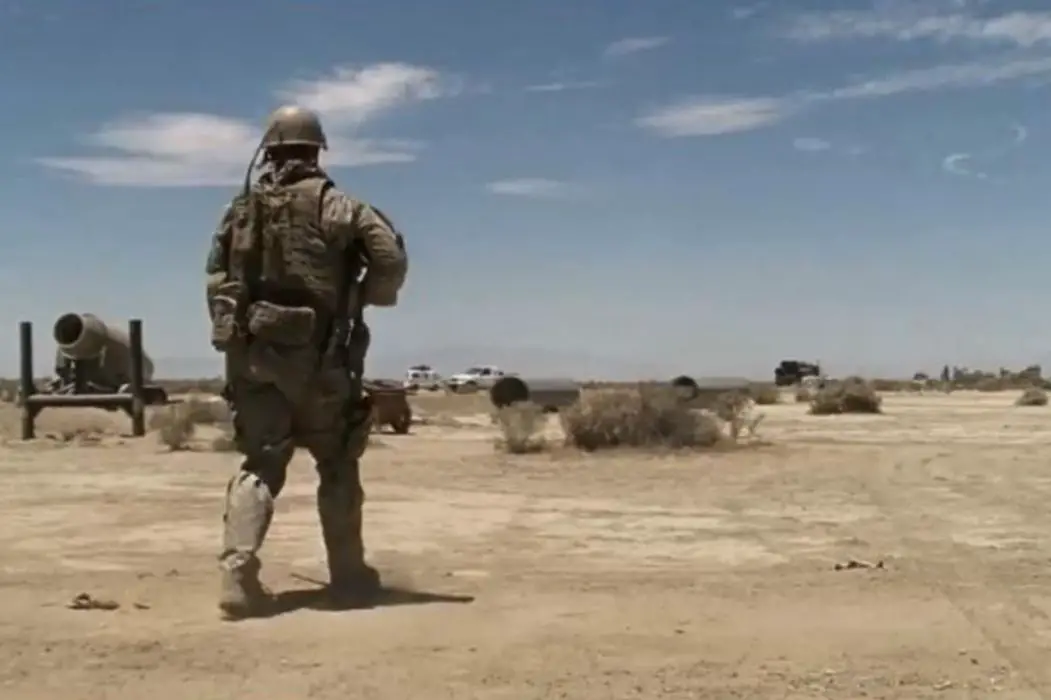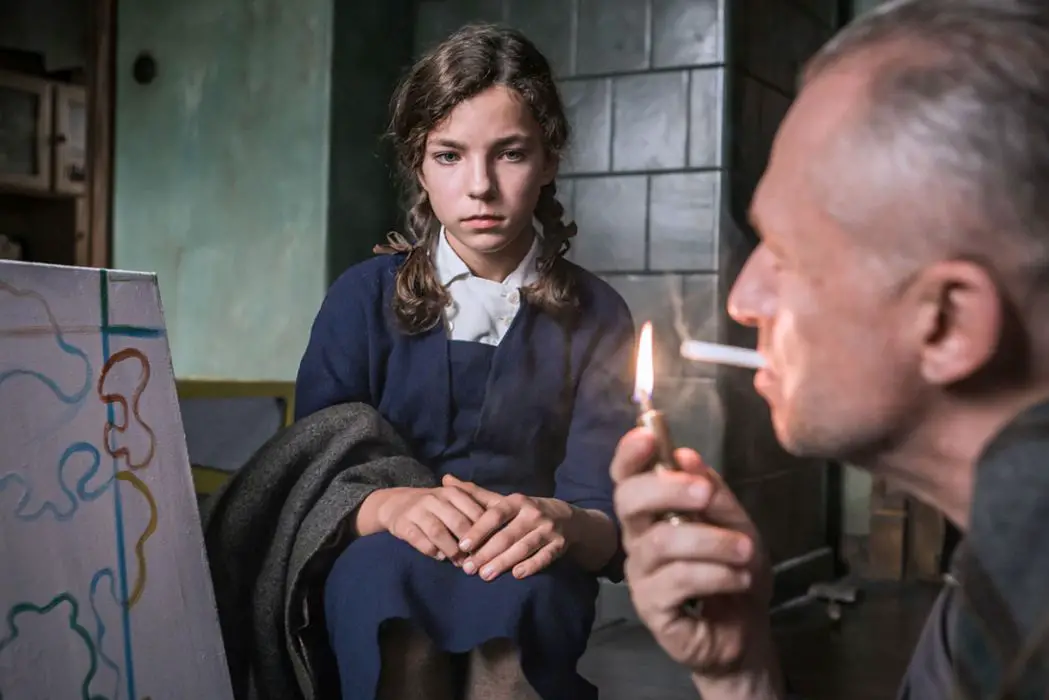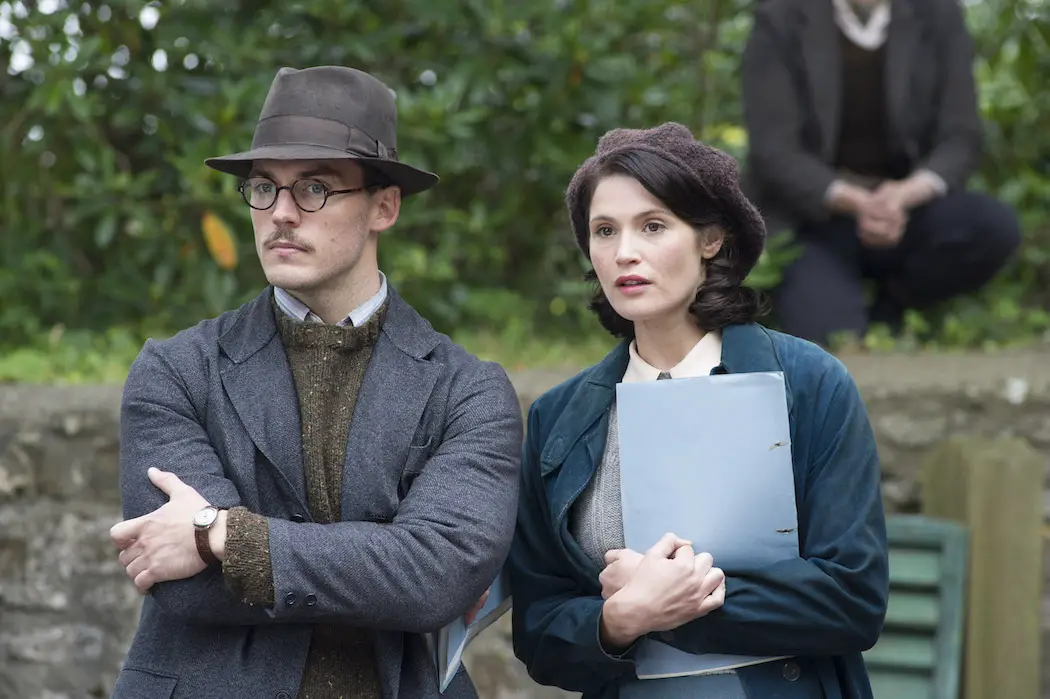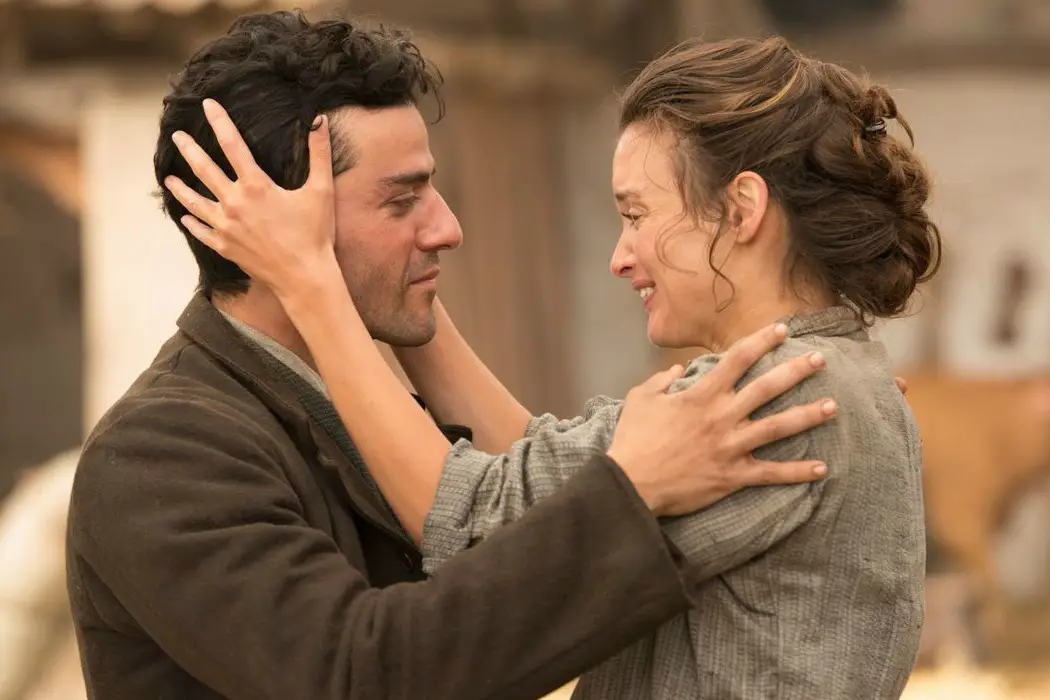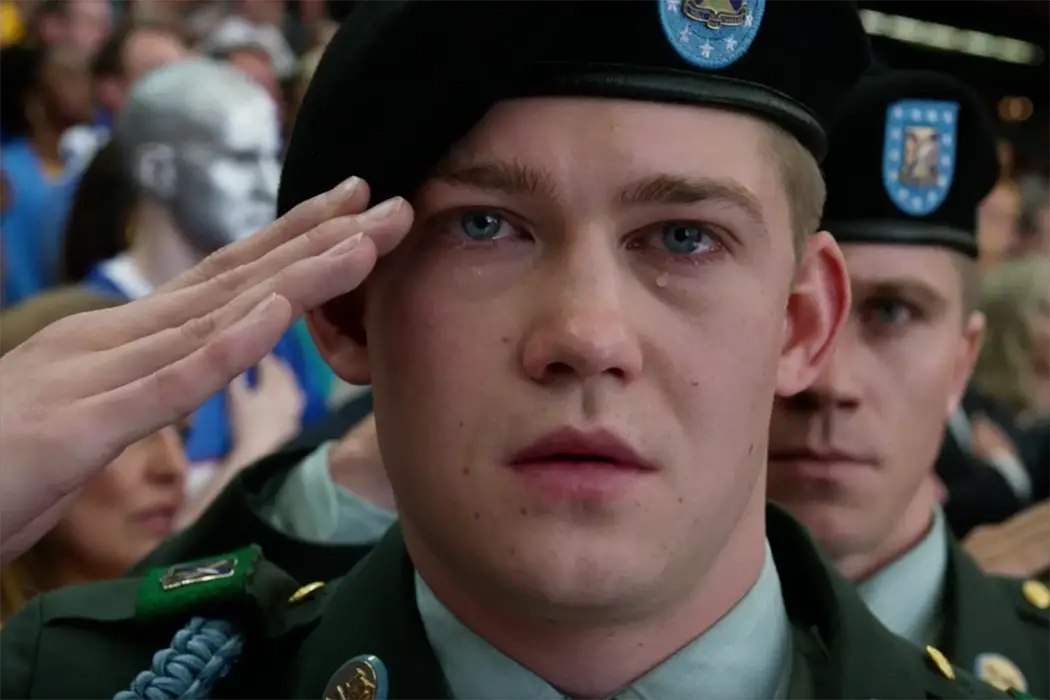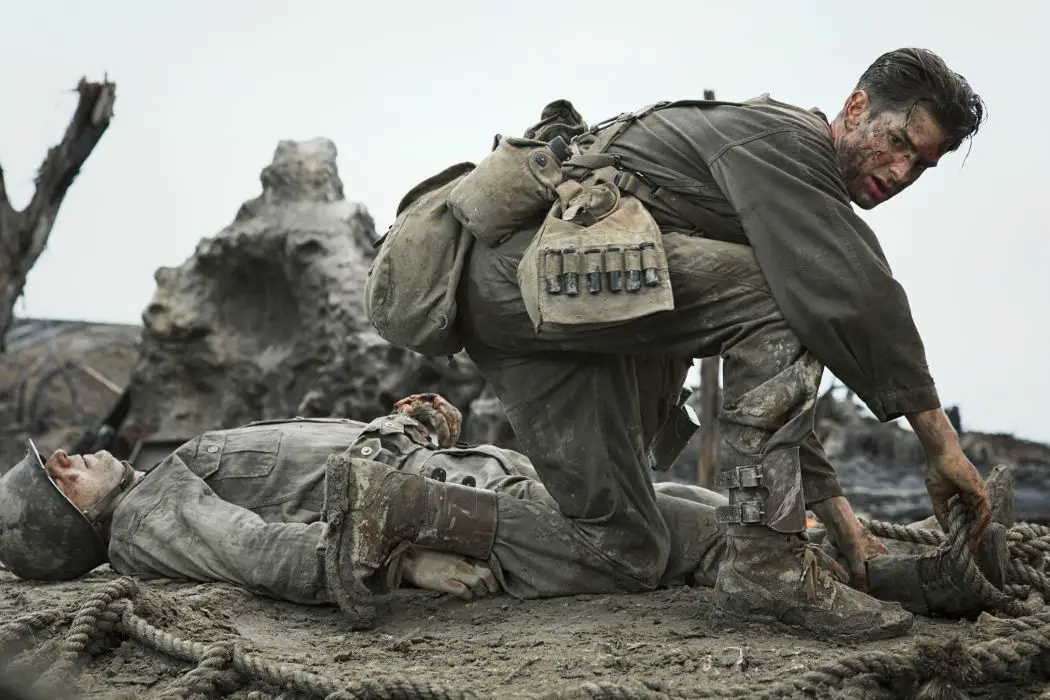war
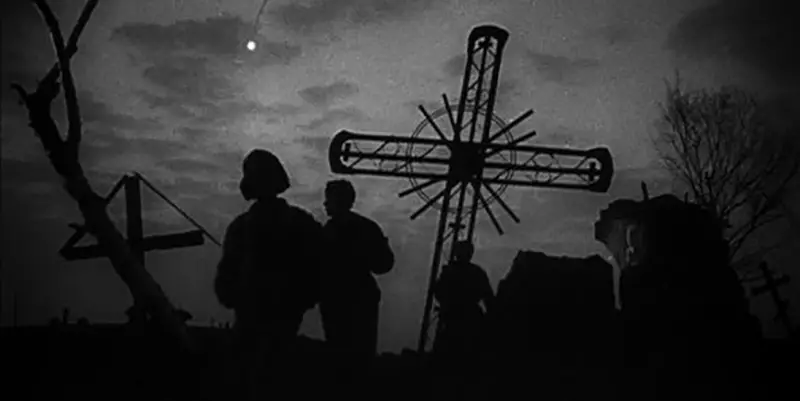
About midway through Andrei Tarkovsky’s feature 1962 film debut of Ivan’s Childhood, in the midst of a Russian battlefield field torn asunder during World II, a cross is backlit by a setting sun. The cross is obscured in shadow and yet its beauty remains. A spiritual man, Tarkovsky was never afraid to ask questions about spiritual matters.
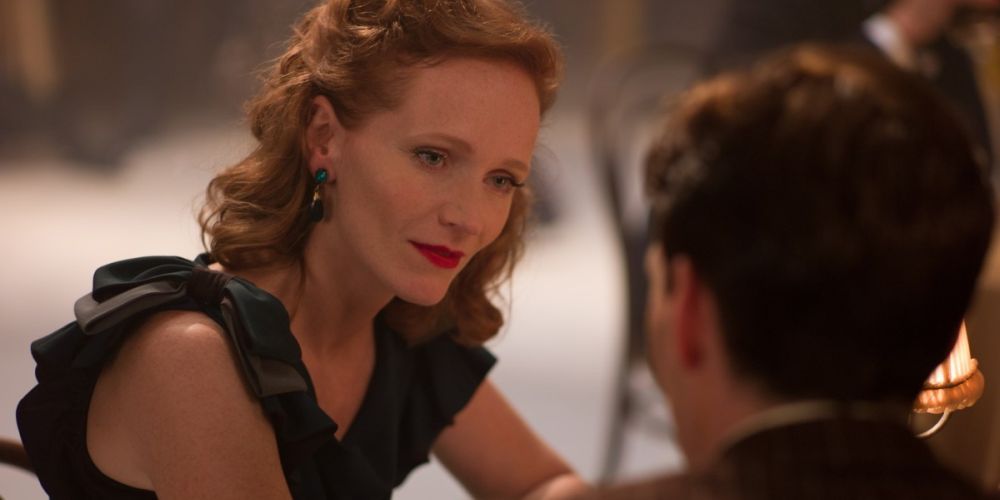
When it comes to World War II, there is never a shortage of stories that are needed and are waiting to be told. Anthropoid is one of these stories. The film begins with an introduction to the true events that have led up to the assassination of a high-ranking Nazi official to be rendered a necessary means in a time of war.
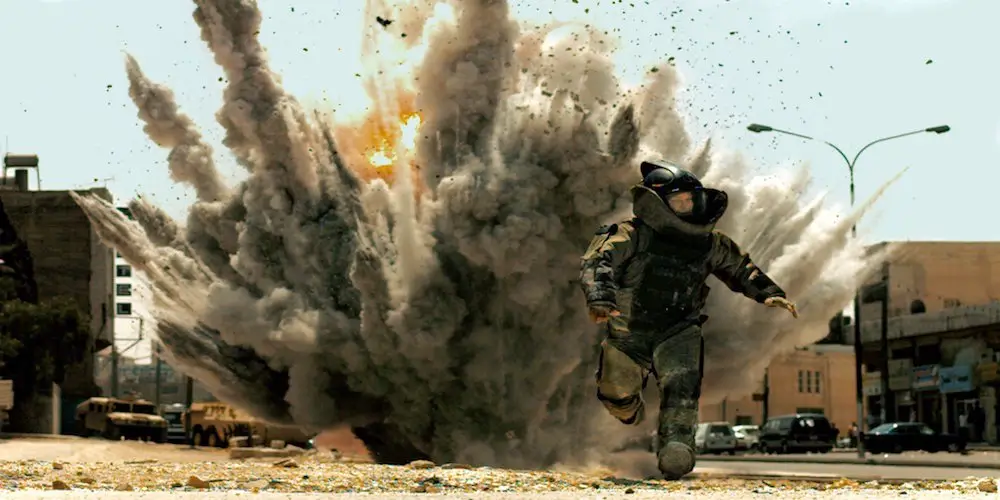
One of the most overlooked elements of the action genre is sound – more specifically, its use of sound cues to tell a story. However, this mode of storytelling is not only powerful by itself, but is especially suited to the needs of modern action films. Recent advances in sound technology now make it possible for action directors to put sound cues to their full use.


